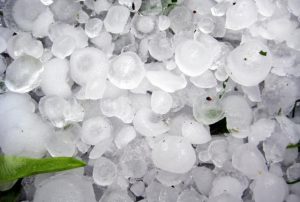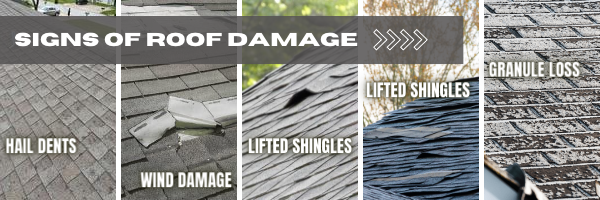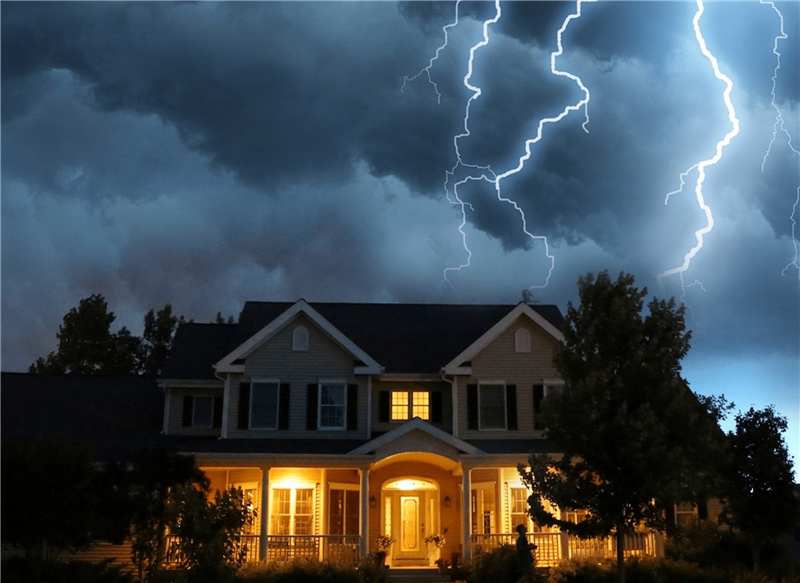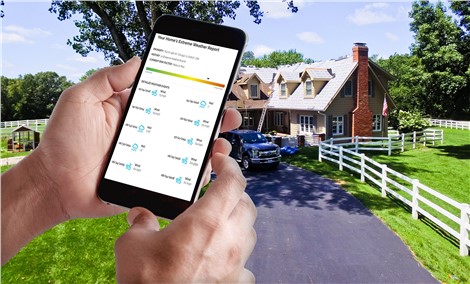When it comes to roofs, RRSA Vero Beach knows what can happen like the back of our hands. What we also know is that starting in February and running through April, spring in South Florida is characterized by powerful tornadoes. It is even called 'the deadly spring season' for this reason. With the presence of the jet stream that crosses the US this time of year and digs south into Florida, we have been known to experience high-level winds of 100 to 200 mph. These winds strengthen a thunderstorm into what meteorologists call a Super Cell or Mesocyclone. When storms like these are created by nature, they can move through South Florida at speeds of 30 to 50 mph, producing dangerous downburst winds, large hail, and the most deadly tornadoes.
However, hail can actually occur during any season that South Florida has heavy thunderstorms. Every storm has an updraft that gathers super-cooled water droplets in an updraft. The stronger the storm, the stronger the updraft and the longer the time these droplets can combine with each other. Once they get too heavy, they will fall to the surface as hail.

Facts About Hail and the Deadly Spring Season in South Florida
To educate our blog readers about hail, below are some steady facts every homeowner needs to know to protect your South Florida roof and your family during the deadly spring season:- DANGEROUS HAIL EVENTS OUTPACE TORNADOES 5 TO 1--Even though we think mostly about tornadoes during the spring, hail is a much greater threat. The number of tornadoes that touch down every year is just a fraction of the number of dangerous hail events we see all across the United States. The U.S. averages more than 5000 reports of large hail each year, compared to about 1000 reports of tornadoes.
- INSIDE A STORM, HAILSTONES MOVE LIKE LOTTERY BALLS IN A TUMBLER--A newly formed hailstone is too light to fall to the ground, so it remains suspended in the thunderstorm by its updraft, which is the fast upward wind that feeds a storm the unstable air it needs to survive. Hailstones move through the thunderstorm sort of like lottery balls mixing in a tumbler, bouncing around in the wind and collecting water on their surface. The hailstone grows as it collects water on its surface and freezes, a process that forms ice in layers like an onion.
- WHEN IT BECOMES TOO HEAVY, IT FALLS.--Hail plummets to earth when its too heavy for the updraft to keep it suspended in the air. This is why the most intense thunderstorms on Earth, known as supercells, can produce hailstones the size of softballs or larger. After all, It takes a strong wind to keep a heavy ball of ice hanging in the air.
- MOST HAIL IS TINY--The National Weather Service considers hail severe when it reaches 1 inch in diameter, the point at which its large enough to begin causing damage to people and property. Even tiny increases in the size of a hailstone beyond that mark make these chunks of ice exponentially more dangerous, as larger hail can reach speeds of close to 100 mph.
- WHEN ITS AS LARGE AS A GOLF BALL, TAKE COVER--The easiest way to convey the size of hail is to compare it to everyday objects. Hail thats 1 inch in diameter is the size of an American quarter. Hail thats 1.5 inches in diameter is the size of a ping-pong ball. We call hail golf-ball size when it reaches 1.75 inches in diameterand this is when it gets extremely dangerous. Baseball-size hail is 2.75 inches in diameter, large enough to leave a divot in the ground and sound like fireworks when it slams down. When it reaches the size of a grapefruit (4 inches) or softball (4.5 inches), you should probably head underground until the storm moves on. Luckily, these monsters are rare: Hail the size of a grapefruit or larger accounted for just 0.5 percent of all the hail reported during the past 60 years.
- DONT ASSUME YOURE SAFE JUST BECAUSE YOURE INSIDE--Every severe thunderstorm warning insists that you stay away from windows and doors for a reason. Hail can easily shatter windows, even breaking through walls and roofs if its large enough or the wind is blowing hard enough. Broken windows are the most common threateven after the glass shatters, large hail can get blown in the opening and hurt you or anyone nearby.

RRSA
Tags
deadly spring season south florida hail damage roof south florida hail facts south florida hail south florida replace roof south florida rrsa vero beachSubscribe to Roofing Restoration Services of America (RRSA)'s Blog








Comments